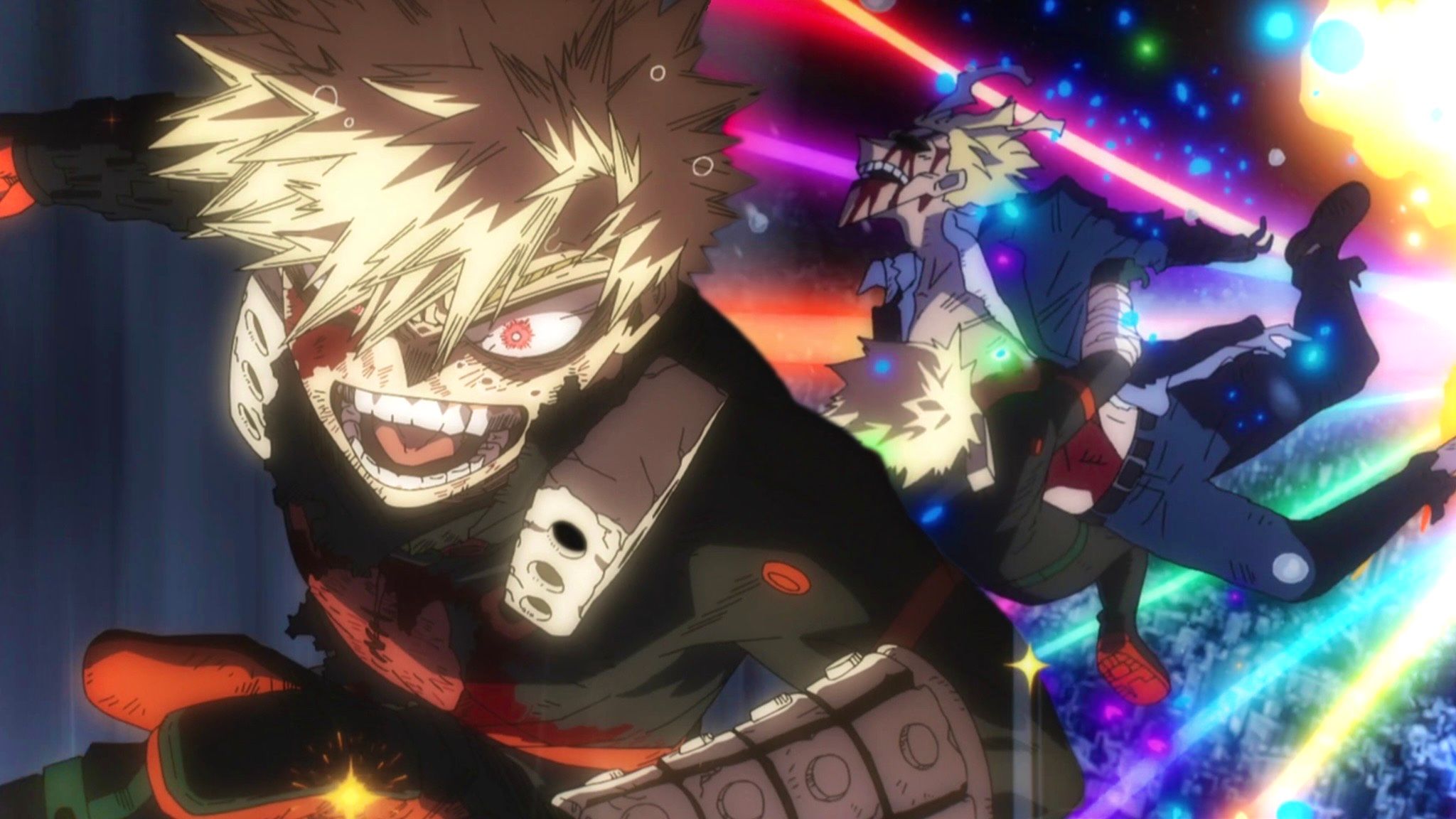
This anime follows the classic shonen formula, so viewers anticipate plenty of action. And it delivers – almost every story arc and most episodes feature some kind of fighting, which is often a good thing for the show. However, it can also be a drawback. The problem isn’t the quality of the fight scenes themselves, but how violence fits into a world where heroes are supposed to be morally superior.
I’ve been thinking a lot about how heroes like All Might and Endeavor deal with villains, and while it feels good when they win with strength, I’m not sure it’s actually solving anything long-term. It’s like we’re stuck in this endless cycle of heroes fighting villains – a constant ‘cops and robbers’ scenario. It’s not that using force is wrong when someone’s in danger, but it feels like it’s all heroes do. They rely on it so much that it’s become a bigger problem, even at a place as relatively safe as UA High. It’s a systemic issue, and it worries me because it doesn’t address the root causes of villainy.
MHA’s Pro Heroes Use Violence Without Offering Rehabilitation to Villains
It’s easy to see the conflicts in My Hero Academia as just villains breaking the law and heroes using force to stop them. While some situations are that straightforward, looking at the bigger picture reveals some problems. Pro heroes almost always rely on using their Quirks – their superpowers – to fight and capture villains. They’re mostly responding to crimes as they happen, using their abilities and skills to resolve the immediate threat. While this can stop villains in the moment, it doesn’t address deeper, ongoing problems in society.
A major flaw with the professional hero system is that it defines heroism so narrowly. If only those who perfectly embody justice and use their Quirks in a specific way are considered heroes, anyone different is automatically seen as a potential criminal. This unfairly labels many people as villains simply because of their abilities, and ironically, the heroes themselves contribute to creating these ‘enemies.’ Instead of offering help or understanding, heroes often respond with force, pushing these marginalized individuals towards rebellion. This cycle of conflict has been repeating for decades, with heroes fighting those they’ve inadvertently created, and ultimately, the authorized use of force by heroes is a problem for society as a whole.
While pro heroes effectively deal with immediate threats in My Hero Academia, they don’t address the underlying issues that create villains in the first place. The series highlights their ability to react to crime, but rarely explores preventing it. Pro heroes and their organizations could work towards a more inclusive society, potentially preventing individuals like Spinner and Himiko Toga from feeling driven to oppose the hero system. True progress would involve rehabilitation and fixing the problems within society itself, but the anime largely ignores this, simply sending captured villains to Tartarus to be forgotten. This allows the unfair system that created those villains to remain unchanged.
Constant Violence Strains Society
Beyond the battles themselves, the constant fighting between heroes and villains causes significant problems for society. While many action stories, like some superhero comics and the movie Captain America: Civil War, often gloss over the resulting damage, My Hero Academia fans might be asking if heroes need some rules or oversight, similar to the Sokovia Accords. Ideally, though, the hero society could go even further and prevent so much destruction in the first place. The Marvel Cinematic Universe addressed this with government control, but My Hero Academia could focus on helping villains reform and rehabilitate. Ultimately, the best solution isn’t just cleaning up after a fight, but building a society where these conflicts don’t happen so often—or at all.
The recent unrest in My Hero Academia showcases a dramatic escalation of villains fighting against the established hero system, and it highlights a deeper issue. Spinner and his followers, who have been marginalized for years due to their unique Quirks and treated as potential threats, resorted to violence and destruction. While the anarchists are responsible for their actions, the pro heroes bear some responsibility for creating a society that allowed this resentment to build. Though students like Mezo Shoji and Koji Koda successfully stopped Spinner and contained the chaos, the situation itself was preventable and rooted in societal unfairness.
Violence is the Litmus Test For New UA Students
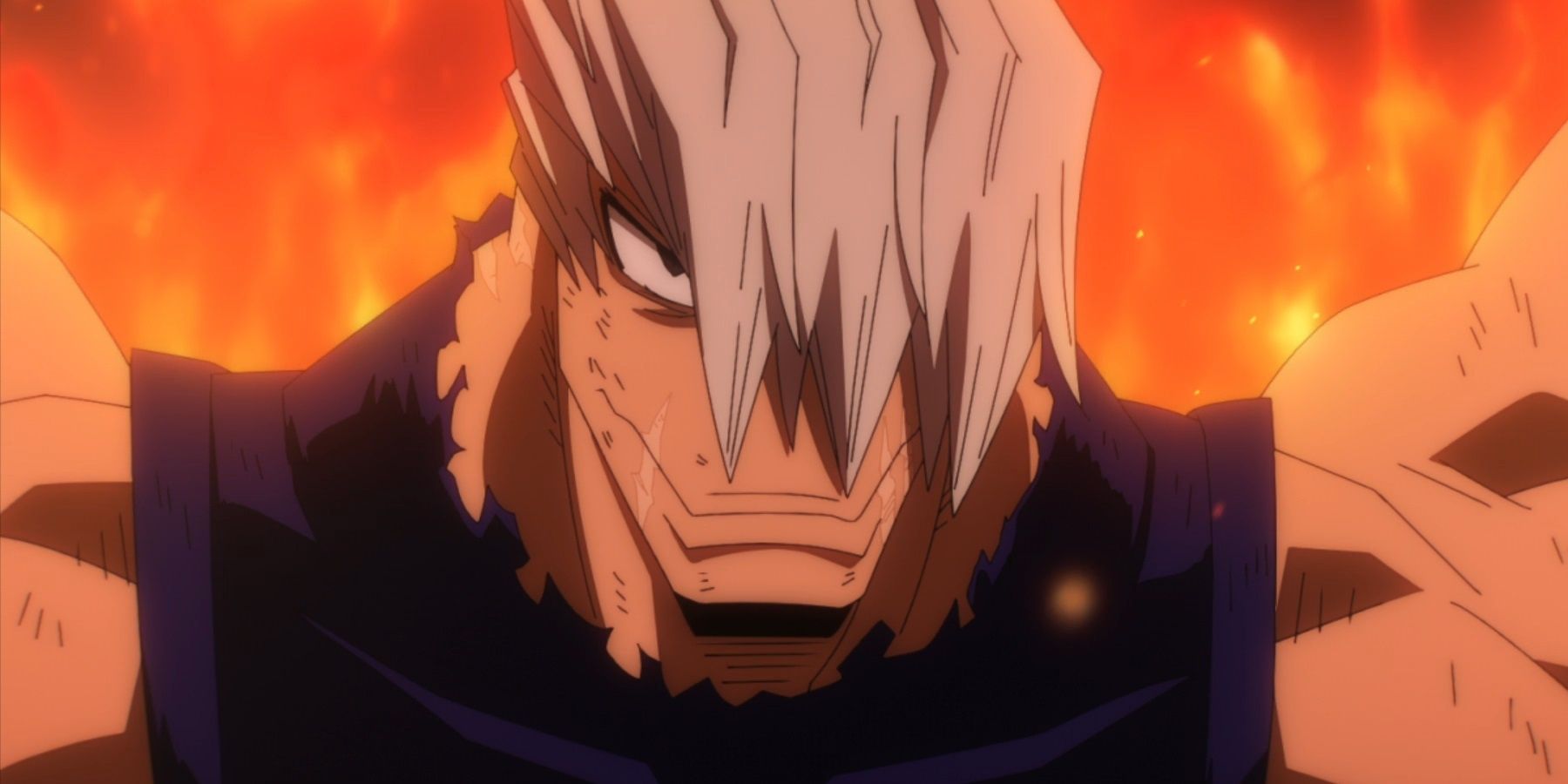
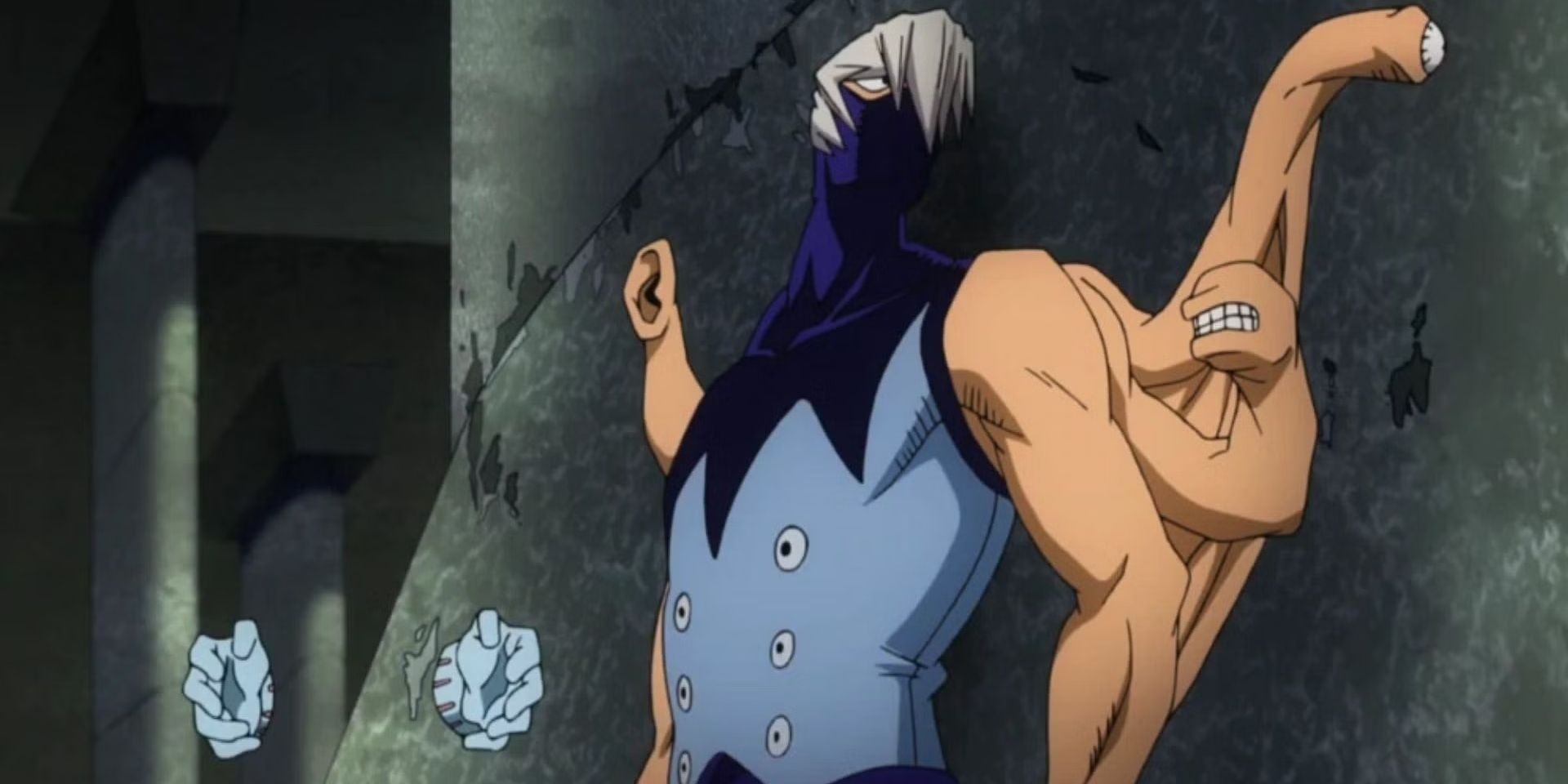
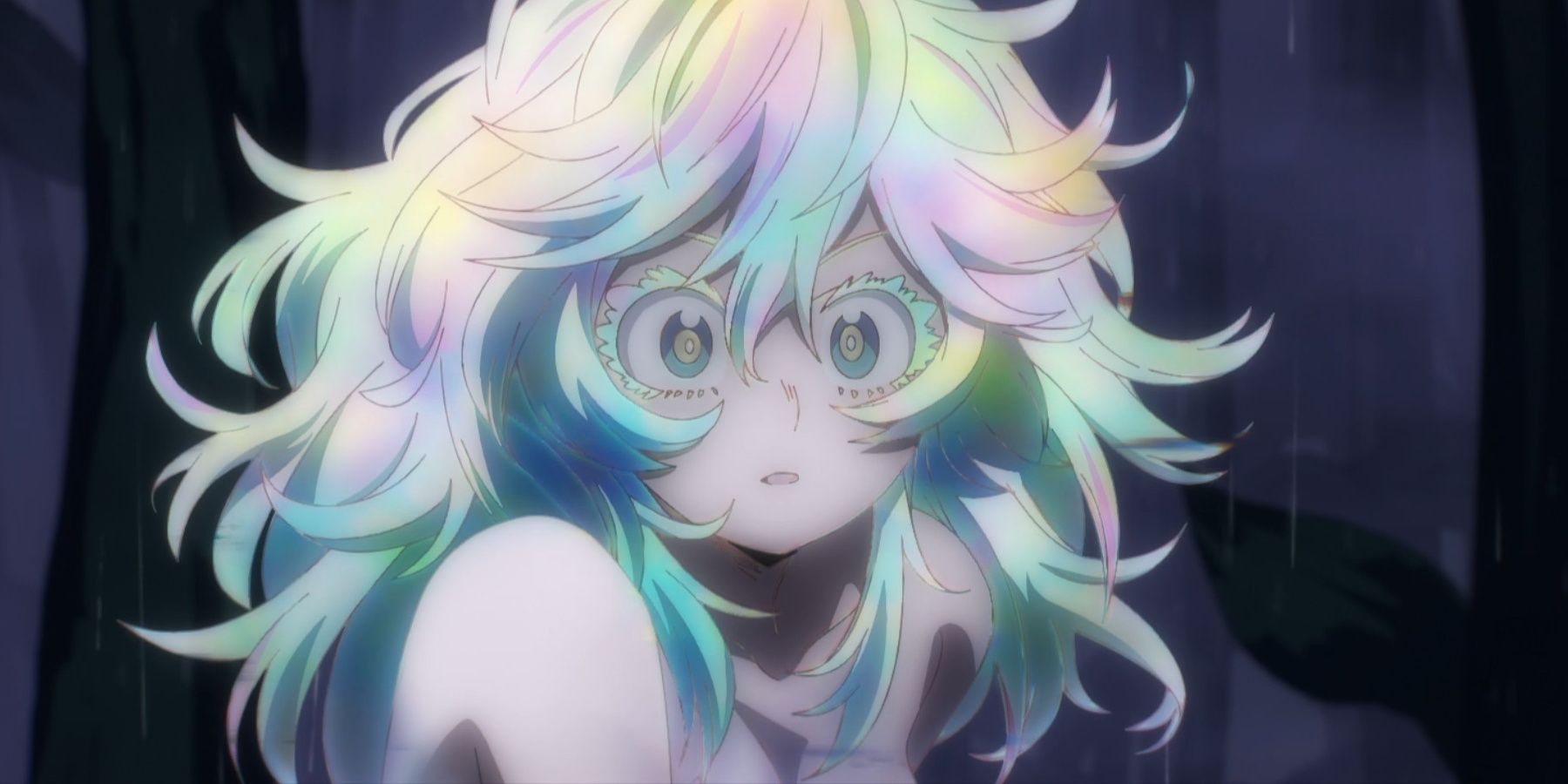
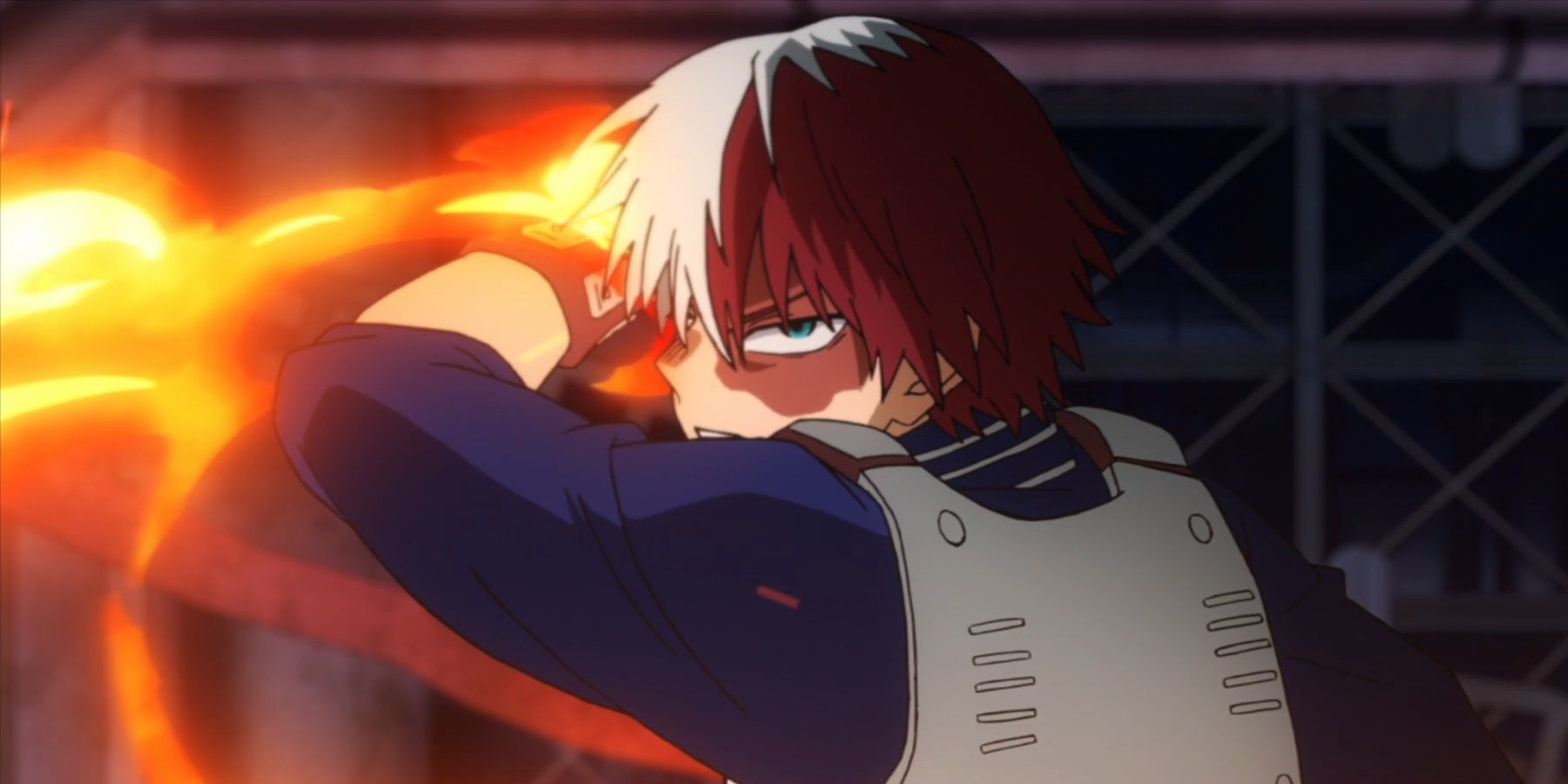
You know, it’s really interesting how the pro heroes – and even schools like UA – seem to value power and fighting above all else. Sure, UA does try to teach things like rescue skills and they have written tests, which is great. But let’s be real, the main way people get into UA in the first place is by showing off their fighting ability. It feels like that emphasis on force really shapes everything they do, even the education they provide.
As fans may remember, the first season of My Hero Academia featured an entrance exam focused entirely on physical strength. Applicants like Deku had to battle and destroy large robots, which clearly benefited those with powerful combat abilities. While characters like Deku, Todoroki, Iida, and Tokoyami could easily use their Quirks to succeed, others—like Hagakure, Yaoyorozu, Mineta, and even Shoji—were at a significant disadvantage. It was surprising that those students were accepted into UA, considering their Quirks weren’t well-suited for fighting giant robots.
I’ve noticed something interesting at UA – students are getting really creative with how they combine their Quirks. It’s allowing those who aren’t naturally geared towards direct combat to contribute in battles, using smart teamwork to capture or take down opponents. A great example was recently when Toru Hagakure and Yuga Aoyama worked together. Toru acted like a lens, focusing Yuga’s laser to completely overwhelm a villain named Kunieda. It was a real turning point for Toru – she actually shone! Though, it took a while for her to get there. Looking back, she struggled a lot during the entrance exam and even when fighting alongside her teacher, Snipe. She managed to ‘defeat’ Snipe by handcuffing him, but that was just part of the test. It wouldn’t have worked in a real fight. It makes me wonder if UA gives applicants the wrong idea, making them think raw power is all that matters. It’s pretty amazing Toru and others like her even bothered to take the exam, considering.
My Hero Academia Only Sometimes Saves the Day With Words
Honestly, it’s really striking how much the hero world seems to accept damage and destruction as just part of the job. It feels like this constant fighting with villains just keeps things going in a cycle, and the standards for getting into hero schools like UA are pretty tough, too. But you know what? My Hero Academia does offer glimpses of hope. Seeing Deku and his classmates rise through the ranks makes me think that maybe, just maybe, this new generation of heroes can actually shake things up and build a better system for everyone.
My Hero Academia has shown that villains can be redeemed through empathy and understanding, moving beyond the typical hero-versus-villain conflict. Ochaco didn’t defeat Himiko Toga through force, but by connecting with her on a human level. By setting aside labels, they found a solution where Himiko could save Ochaco and find peace before passing away.
The same could be said for Gentle Criminal. He wasn’t imprisoned for life, but given a chance to return as a changed person, realizing his mistakes after encountering Deku. Unlike many villains, he wasn’t defeated by force, but convinced to change through sincere words and a genuine offer of help. This aligns with Stain’s idea of a true hero – someone who acts out of kindness to assist others – and that’s exactly what the world of My Hero Academia needs more of.
Read More
- Золото прогноз
- Прогноз нефти
- Серебро прогноз
- After Wednesday’s Body Swap Episode, [Spoiler] Told Me The ‘Key’ To Nailing Jenna Ortega’s Character And Why It Was ‘Miserable’
- Sequel to Mark Walhberg’s “Worn-Out” Record-Breaking Action Comedy Gets First Look & Plot Synopsis
- Tron 4 Gets Major Update Following Ares’ Box Office Struggles
- Black Phone 2 Ending & Grabber’s Fate Explained
- Exclusive Brilliant Minds Season 2 Clip
- Bette Midler, Steve Martin, Viola Davis And More Pay Tribute After Diane Keaton’s Death
- Michael C. Hall’s Six Feet Under Leaving Netflix in November
2025-10-21 00:39